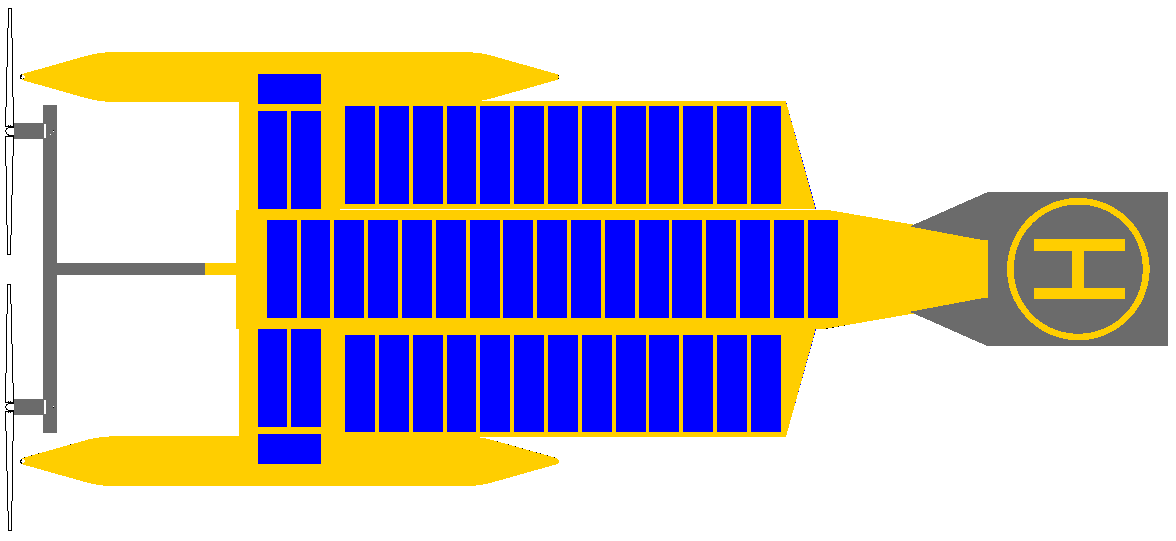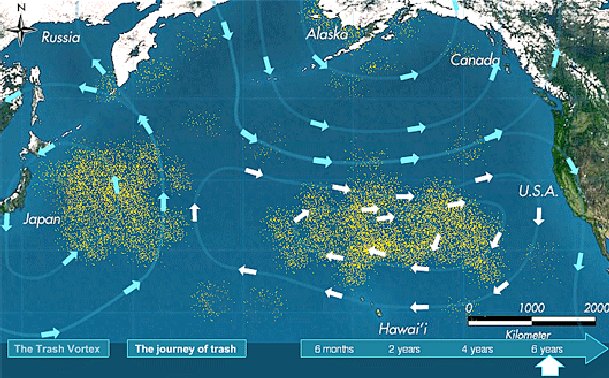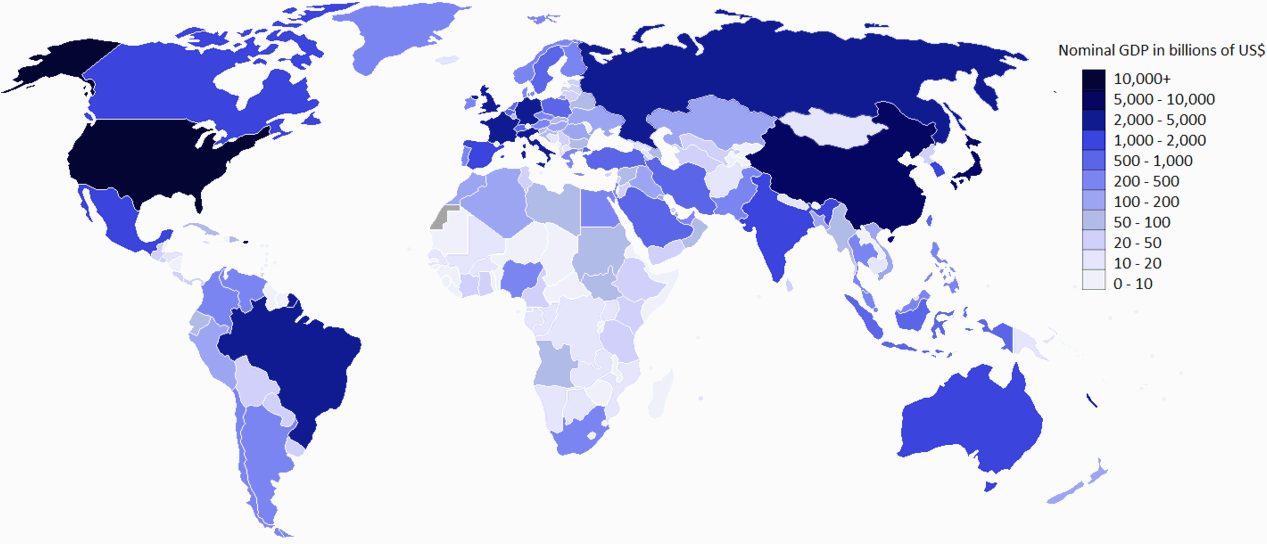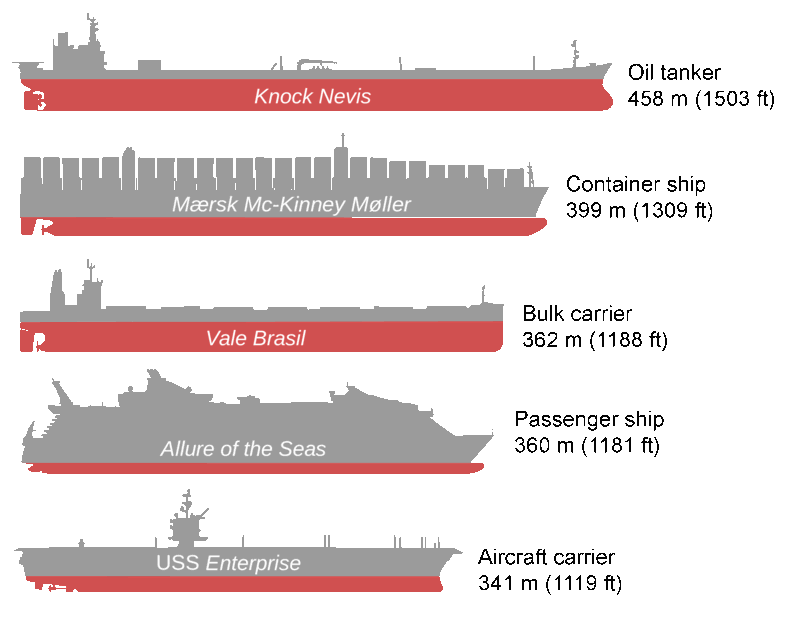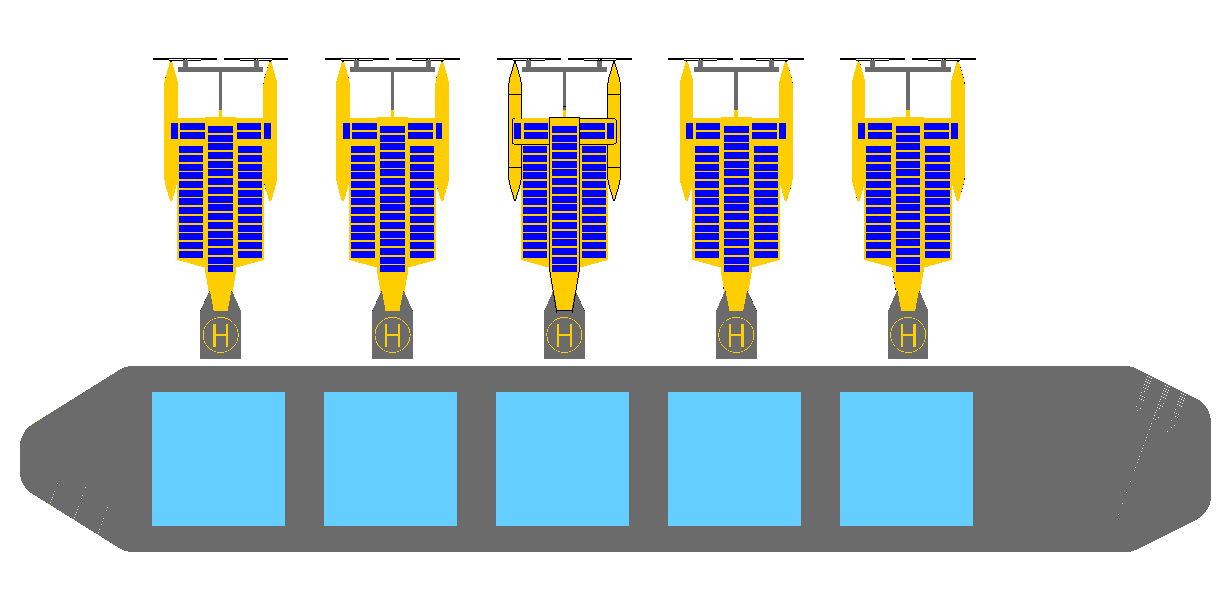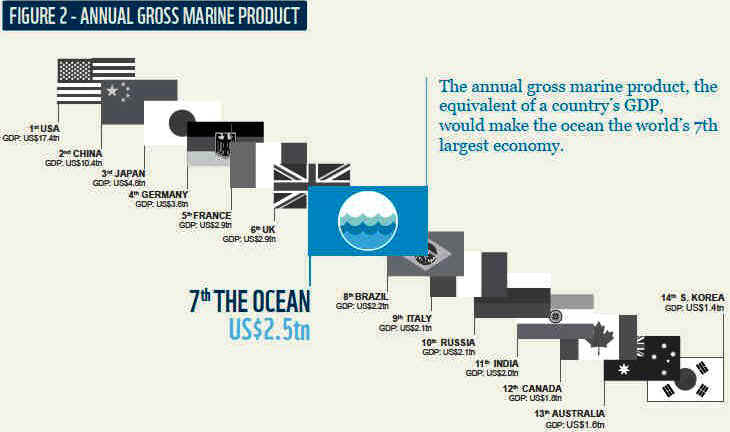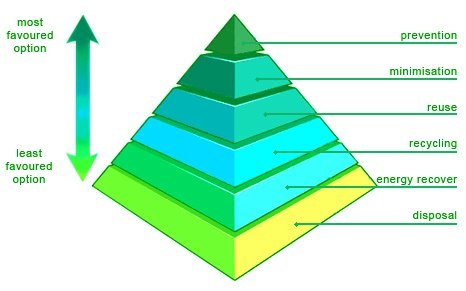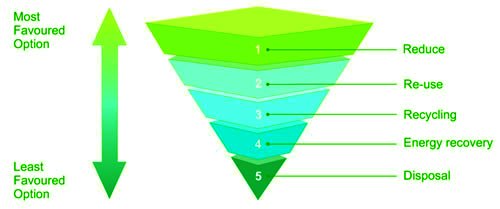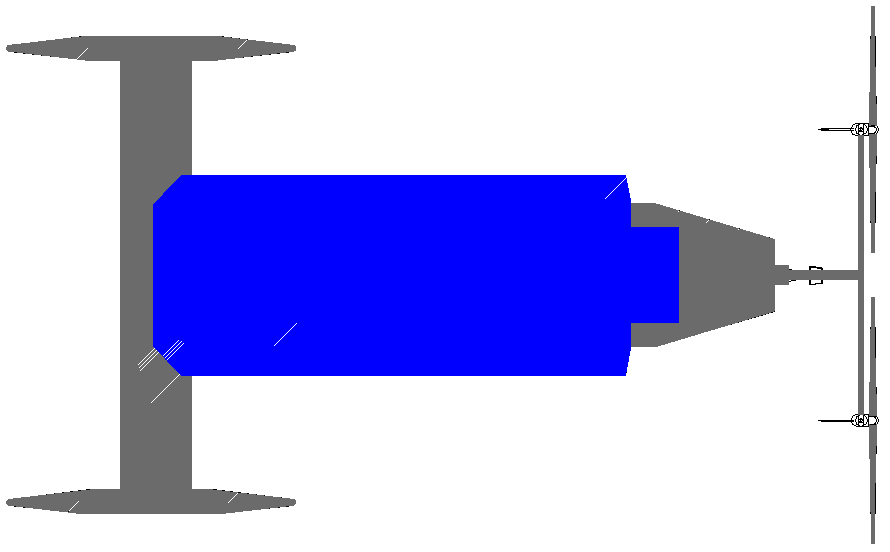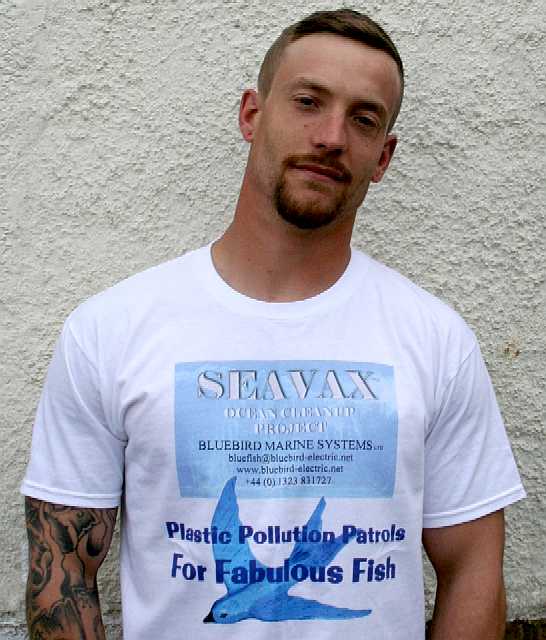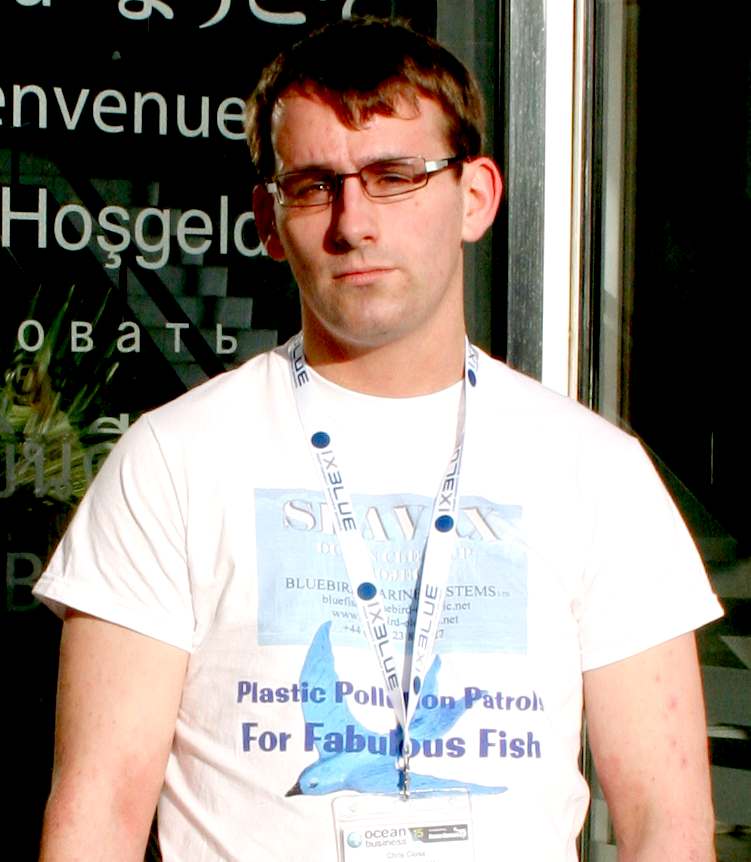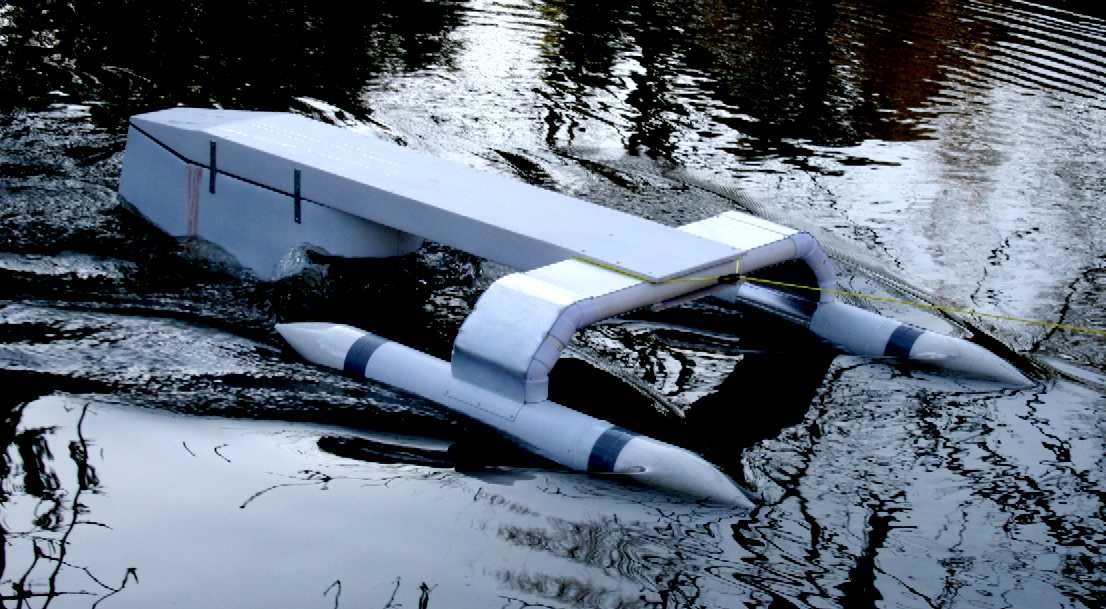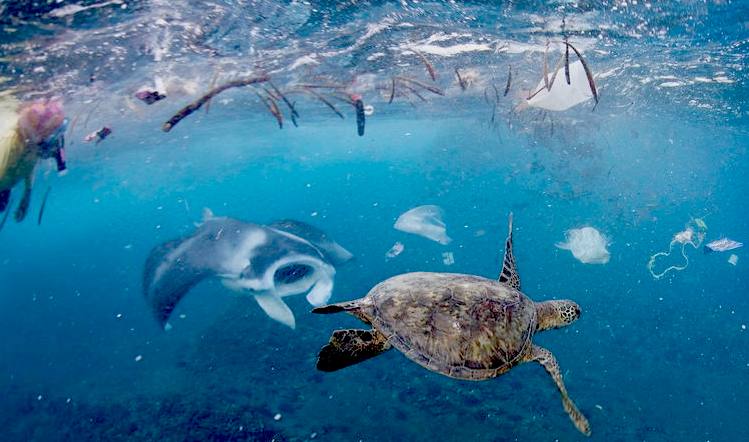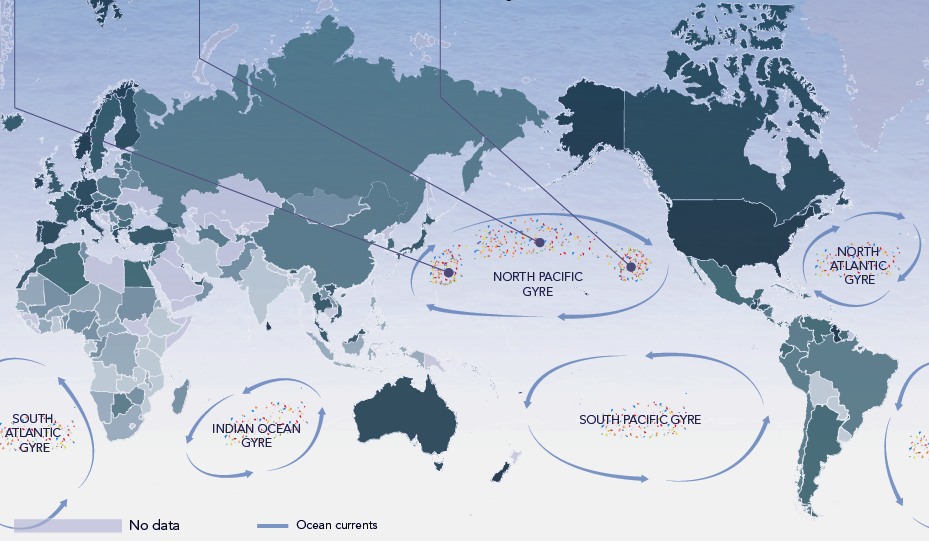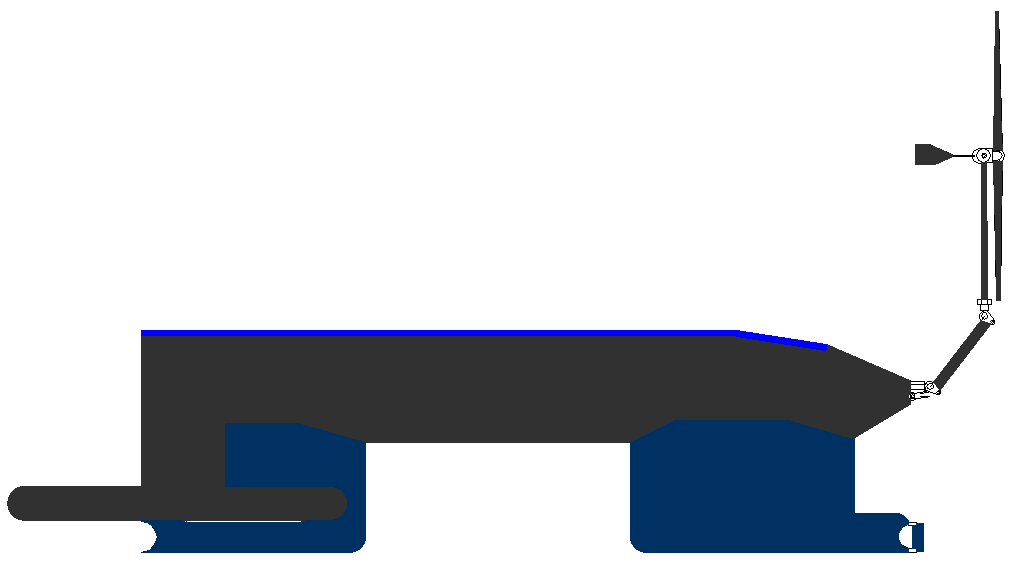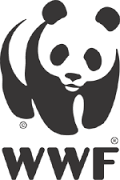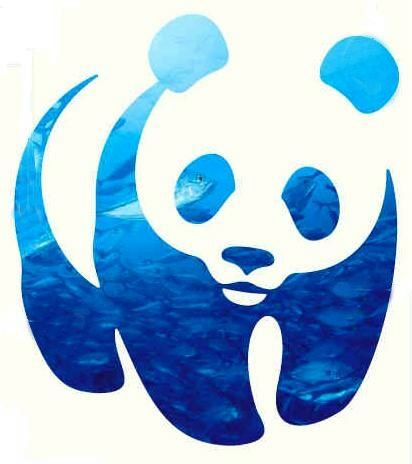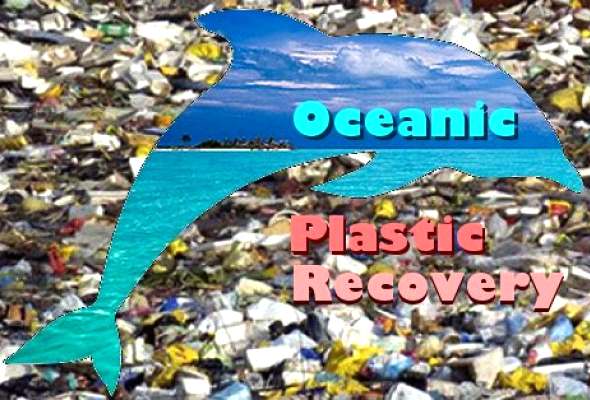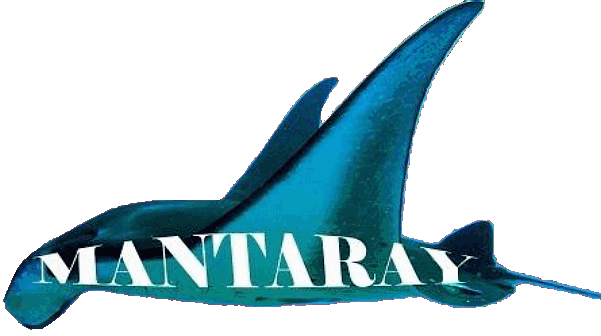|
|
|||||||||||||||||||||||||||||||||||||||||||||||||||||||||||||||||||||||||||||||||||||||||||||||||||||||||||||||||||||||||||||||||||||||||||||||||||||||||||||||||||||||||||||||||||||||||||||||||||||||||||||||||||||||||||||||||||||||||||||||||||||||||||||||||||||||||||||||||||||||||||||||||||||||||||||||||||||||||||||||||||||||||||||||||||||||||||||||||||||||||||||||||||||||||||||||||||||||||||||||||||||||||||||||||||||||||||||||||||||||||||||||||||||||||||||||||||||||||||||||||||||||||||||||||||||||||||||||||||||||||||||||||||||||||||||||||||||||||||||||||||||||||||||||||||||||||||||||||||||||||||||||||||||||||||||||||||||||||||||||||||||||||||||||||||||||||||||||||||||||||||||||||||||||||||||||||||||||||||||||||||||||||||||||||||||||||||||||||||||||||||||||||||||||||||||||||||||||||||||||||||||||||||||||||||||||||||||||||||||||||||||||||||||||||||||||||||||||||||||||||||||||||||||||||||||||||||||||||||||||||||||||||||||||||||||||||||||||||||||||||||||||||||||||||||||||||||||||||||||||
|
THAT'S A LOT OF WATER - This world map is derived from an Oceanic illustration of the six main gyres that we should concentrate on if we are to stand any chance of reducing plastic waste to acceptable levels. The North Pacific gyres (West and East) is just one area of several swirling trash zones (gyres) in our oceans, and it's where a lot of our plastic litter ends up. While these debris patches aren't visible piles of floating trash in the water, they are inverted mountains - a bit like landfill sites at sea - hidden from view. The reality of what they are and how they got there is mind boggling and extremely harmful to marine life. We can't (at the moment) do much about nuclear waste in the oceans (except appeal to reason), but we can act to vacuum up solids. The technology exists, we should use it.
OCEAN POLLUTION SEANET™ LOGISTICS & SEAVax™ COST ESTIMATES
BIG PROBLEMS CALL FOR BIG SOLUTIONS - The scale of the problem is enormous. To traverse the worst affected areas of the North Pacific garbage patch with a mobile collector boom say, 20 meters wide per ZCC (zero carbon cruiser), would take 50 ships twenty-eight hundred passes at 5.8 days per pass (in ideal conditions). That is roughly 16,340 days, or 44.8 years of cleanup time, during which span we humans would probably have dumped almost as much again according to recent surveys.
Faced with such statistics it is no wonder that the UN, IMO and other established bodies tasked with ocean administration, are simply monitoring the situation. As a think-tank we take a different view. Give us a problem and we try to find a solution. Our initial thoughts are to target plastic rich areas directly using unmanned marine robots - remember, these plastic soup areas are on the move. By targeting the richer soups, we might speed up collection - using the ocean currents to our advantage.
Each pass by an ocean going vacuum cleaner would net around 1.2 tons of plastic, though a ZCC would be better served with a capacity of at least 5-10 tons or more when on point, we finally decided on 150 ton capacity:
a) to reduce the frequency of the emptying cycle, and b) to take advantage of windfall scoops in denser plastic soups
STATISTICS - Information varies from source to source, but we can at least say that the gyres in the North Pacific Ocean represent all that is bad about our plastic packaged society. To not know about a problem is forgivable, to know about a problem and not do anything about it, is not. Many people refer to there being 5 gyres, we prefer to think of it as 6, operationally.
A CONVEYOR BELT SYSTEM
Not literally a conveyor belt, but a system to pick up and transport SeaVax collected trash from the point of collection (the ZCC drones) to a land based treatment plant. We have not yet worked out the details of such an ocean train, which to a large extent depends on the design of the holding bays of a proposed SeaVax ship. Wolfgang Flatow, an Australian inventor, is thinking along these lines, an inspiration to all of us looking at the problem.
With a suggested 5-10 ton capacity (ave), 320 'ocean-train' journeys to port would be necessary over 44 years at intervals of 50 days. Or, as seeking/sensing is refined (see example of robot algorithm seek pattern below) this could be reduced to 160 ocean train-treks. This is assuming 80,000 tons of waste in the North Pacific gyre - the largest. This example is an over-simplification just to get a handle. From this you are bound to conclude that a bigger ocean truck and more robot collectors are needed.
We soon realized that we needed 150 ton capacity or more. An engineer always looks at a problem and works to the solution with what is available. A bigger capacity means more manufacturing cost. We could have gone for 1,500 or even a 15,000 ton capacity. That is nothing by oil tanker standards. But the unit cost would be unmanageable and the usefulness of the craft not so - as coverage depends on sweep area. A craft with a 150 ton capacity and a wide sweep head turned out to be the most cost effective compromise.
SEAVAX: THE OCEAN (PLASTIC) POLLUTION SOLUTION AND MORE - APRIL 2016. PROBABLY THE BIGGEST THREAT TO OUR OCEANS IS CLIMATE CHANGE. THAT IS A MASSIVE CHALLENGE THAT SEAVAX CANNOT BEGIN TO SCRATCH, BUT AT LEAST THIS ROBOT WILL PROVE AGAIN THAT SOLAR POWERED TRANSPORTATION CAN BE PUT TO PRACTICAL USE IN AN EFFORT TO CLEAN UP OUR DIRTY HABITS - WITHOUT USING FOSSIL FUELS. AS A VIRTUAL NOT FOR PROFIT, WE NEED YOUR HELP TO MAKE IT HAPPEN.
" ....... THE NEED FOR SPEED" (Tom Cruise, Top Gun 1986)
It should become apparent that the speed of the cleanup operation is dependent on the operational velocity of the ZCC drones multiplied by the capacity. Thus a combination of wind and solar power is better to improve averages harvested power to weight ratio, and because of the size of the boats/ships, COLREGs compliance is essential to be able to assure the IMO as to the safety of the proposed operations.
What then to do? Do we do nothing, or do we try to launch a fleet of robotic ocean cleaners into the North Pacific of 100 or more robots, to bring the cleanup time down to 22 years and tweak the seek system to reduce again to 11 years or less. Though this is theoretically possible and by far the most practical solution that we (at BMS) have been looking at (as in one that stands a real chance of cleaning up the oceans), it is sure to require a good deal of refining if it is ever to become a reality.
Apparently they are thinking of a Top Gun remake, where Tom Cruise competes against robotic drone aircraft. The technology is here to stay. What then might Hollywood make of a project to clean up the oceans? Mission Impossible, combined with Big Miracle? It would need to be a Sci-Fi political thriller, with some bad guys dumping waste for profit, trying to sabotage the SeaNet fleet. Tom would be great in such a role, after Minority Report - and it's topical!
HELP NEEDED - Our love affair with plastic is choking the oceans. Once people know about it, they want to stop it. But how? The next question is who? Obviously not any of the researchers involved so far (no offence meant), or they would have sorted it years ago. We are a practical think-tank fresh to the issue and without a budget, but with enough enthusiasm that we may make a difference. We hope to be able to collaborate with other marine organisations that are funded for this work, or who have funds to investigate viable projects - where at the moment, research grants are not available for businesses. Please note that at the moment you cannot donate to us directly on this site, but we hope to identify partner sites shortly where you can support a project much like that proposed herein, or better still, our own practical experiments. Crowd funding is a potential solution.
HOW MUCH ?
With six plastic gyres to clean up in three oceans, we are looking at a minimum international fleet in the region of 300 ZCCs at a probable cost of $0.9 billion dollars (€ 0.736 billion) @ $3 million dollars (€ 2.45 million) a unit - and that is assuming mass production on a not for profit basis. This compares favorably with other ocean cleanup proposals where competitor's equipment may not be multifunction, but where the SeaVax could be - if the oil companies want a look in. The secret here is to mass produce, perhaps using subcontractors WWII style.
The cost to cleanup per Kg is then around $1.49, or € 1.22. That is around a third of the cost of another reasonably well funded project, that we also believe has potential and even if such a project were to run over-budget, it is way below the UN's $13 billion estimate for the damage caused by this modern phenomenon - every year. Consider also the WWF report as to failure to invest in the world's 7th largest economy, estimated to be worth $24 trillion dollars with a (10%) $2.4 trillion dollars annual yield.
We would though suggest a larger fleet to halve the cleanup time, even if that means raising the cost of a cleansing project to $1.8 billion dollars and $2.98 per Kg treatment cost. It's a tough call, but what price do you put on a clean marine environment with $2.4 trillion dollars at stake? It's a no brainer. At the start, SeaVax units will cost a lot more. Development is expensive even with volunteers and virtually 'not-for-profit' operations.
LOGISTICS - A 150 ton SeaVax that is emptied every two days could collect 27,375 tons of ocean plastic in theory. In reality, that is likely to be anywhere from 10,000 to 20,000 tons because SeaVax may only filter so much water. It all depends on how smart our operations are. You need to be just as in tune with nature to fish for plastic, as fish for fish.
A bulk carrier rota system to service 300 SeaVax units in the Pacific Ocean would need 10 ships operating continuously. Allowing 20 days for return to port, unloading, and cruise back to the SeaVax fleet.
In one year, 10 x 45,000DWT Handymax carriers could complete 18 missions each to transport 8,100,000 tons of plastic. That is of course all the plastic estimated to be in the oceans at this time (6-2-16) - hence overkill. A vigorous operation might then need 9 carriers operating in 3 oceans: Atlantic, Indian and Pacific Oceans. If anyone familiar with transport logistics could point out any obvious problems, we'd be pleased to hear from you. This is a theoretical exercise, where we need practical examples.
The point we are making, is that it can be done.
LOGISTICS - A suitably modified bulk carrier of around 60,000 DWT (between Handymax and Panamax class) would be ideal to offload SeaVax fleets at sea. The Vale Brasil, seen in the diagram above is a 400,000 ton vessel. A bit too large for SeaNet, but it is nice to know bigger ship designs exist.
A bulk carrier, bulk freighter, or bulker is a merchant ship specially designed to transport unpackaged bulk cargo, such as grains, coal, ore, and cement in its cargo holds. Since the first specialized bulk carrier was built in 1852, economic forces have fuelled the development of these ships, causing them to grow in size and sophistication. Today's bulkers are specially designed to maximize capacity, safety, efficiency, and durability.
OCEAN TRANSFER - In this diagram we see a 180 x 28 meter Handysize bulk carrier (drawn to scale), and five SeaVax ships docking to unload their plastic haul. If one Handymax can handle around 50,000 tons of plastic waste, it would then take 66 SeaVax transfers (in multiples of five as shown) @ 750 tons each, to fill up one cargo ship. A Handymax would cruise between SeaVax fleets, emptying them in sequence, or as requested by the SeaVax vessels themselves - to make a virtual conveyor belt to land.
DOCKING PROCEDURE - The docking couplings and method of transfer are not shown or explained here in any detail for legal reasons. Having said that, we can show you the basic principles. The SeaVax and PlastiMax (a converted bulk carrier) on the left are shown together with the hold of the bulk carrier about one third full with the PlastiMax floating high in the water. As the cargo hold fills up with plastic the ship displaces more water and sinks deeper into the seawater. A special coupling and transfer technique is needed to make this work. The same system will work just as effectively when SeaVax is transferring its cargo in harbours, ports and rivers. Read more on this by clicking on the picture.
WHO SHOULD CONTRIBUTE ?
As most of the waste (which is by nature a product of manufacture, and hence industrialization - is a measure of wealth) must come from the more developed countries, it seems logical then to ask those with a higher output to support our research (prototype development) in the first instance, perhaps in proportion to their Gross Domestic Product. An alternative proposal is to ask those nearest their particular gyre, to contribute to cleaning up their patch of plastic. E.g. the US, China and Japan might work together to harvest the North Pacific gyre at a cost of $260M. This would give them healthier fish stocks for food if the fish is caught locally. It follows that oceans that are not treated will yield less pure produce. Putting a premium on fish that are caught in cleaner oceans.
The GDP of the 20 most wealthy countries equals 76.6% [approx] of the worlds output as per the chart below (rounded up). If the top 20 earners were to contribute just a teensy percentage [0.0000009%] of their GDP, there would be enough of a fund to make a real impact. We can't think of any reason why they might not want to pay a little to achieve a lot - and we're sure that after their leaders and electorate see what is on offer, they will want to embrace a solution. Other world leaders may then want to help by making up the difference. It is not our place to say who pays and what that might be, we are here to simply offer a solution and a prayer of hope.
WWF 2015 REPORT, FIGURE 2 - The annual gross marine product is compared to the GDP of the top 12 performing countries. See our breakdown below as to suggested contribution to get the ocean recovery ball rolling. But, before that we need to raise around £3 million pounds to produce a full size pre-production prototype vessel. Without a demonstrator to show the results, it's unrealistic to ask any country to consider setting aside sums to clean up their patch. We can build this vessel for a fraction of the price of commercial boatyards and many hundreds of times cheaper than any military contractor.
START SLOW - A 10 YEAR PLAN
There is no need to go all out at the start, instead we'd suggest testing out a prototype and once that has proven itself, trying out a small fleet of 10 SeaVax robots.
Once things get underway, additional towing vessels may be needed to take filled containers to a port for further processing on each return run, bringing out empty containers on each outward run. This is so that the ZCCs might keep up their vacuum vigil continuously, without needing to take a precious harvesting-head out of circulation. All of this is though open to experimentation.
Please also note that we are not fund raisers, but would need to work with others to achieve funding. Indeed, we'd need to collaborate with marine biologists, shipbuilders and a whole lot more. We'd suggest ramping up the numbers to bring a 5 year target into our sights. It all depends on the will of contributing nations to work together to solve the problem. We are simply offering one possible solution.
RECOVERY & RECYCLING
Some of that $0.9 billion dollars might be recovered to help offset costs, by processing the waste into something useful, such as fuel oil. How this might work would need to be looked at in terms of feasibility, where only certain plastics covert easily to oil. This would necessitate sorting the waste, an added complication. It does seem though that 270,000 tons of plastic waste could yield 50,000,000 million gallons of oil, and that 50m gallons of oil ($1,190,476 barrels of oil) should be worth around $71 million dollars - even at the low rate of $60 dollars a barrel. This was the price as of December 2014, that then dipped even lower - to a point where North Sea oil production may cease. Then there are PRNs; Packaging Recovery Notes.
The amount paid per tonne of recovered plastic waste appears to vary and is negotiable. In May of 2012 in the UK the figure was between £10-15 ($15-22) per tonne. Potentially then, 270k tonnes would be worth between £2.7 and 4.5 million pounds ($4 - 6.2 million dollars) to a project like ours. You may care to agree that £1000-1500 for a hundred-tonne load landed, is unrealistically low when compared to the cost of operating the harvesting machinery. We'd be better off using our robot fleet for fishing (now there's an idea). So, it's back to the drawing board for the business plan - because at the moment there is no viable business without something like a waste recovery contract.
The pyramid on the left is the current state of play for waste - especially in developing countries, developed from a truck and dump philosophy, involving a never ending supply of landfill sites. 95% of waste is disposed of and only 5% recycled. But as the predicted 3 billion additional middle class consumers demand more luxury plastic products, we should be thinking about reversing our one-way (sweep under the carpet) social and business models, to a circular model based of 95% plus recycling and 5% disposal. The Japanese already achieve this, putting other developed countries to shame. Well done Japan. We are sure that they will be the first to start selling "Ocean Friendly" plastic products, with certificates for recycling. At present, our (proposed) system is the only one that might help manufacturers achieve that status. We are looking for "Go Green" industrial partnerships - so please contact us if this is of interest to your company. You can be green and blue at the same time.
CONCEPT ORIGINS
Bluebird Marine Systems originally developed the SeaNet™ concept for oceanographic and hydrographic survey purposes, then treasure hunting came into the frame. Finally, military uses came to the fore, initially for mine clearing, anti-piracy patrols and then peace keeping missions to prevent a third World War, specifically to track submarines and aircraft carriers. We are though totally opposed to war. We advocate a sustainable society.
Now that is a hot potato with Russia and China ordering more subs to restart a cold war. It's madness, advocating nuclear power for arms or propulsion; accidents just waiting to happen. Thankfully, we have no plans to become MOD bean counters, or get bogged down in politics and price escalations - indeed, we want to drive prices down - the very opposite. As a fresh face we may not have a trading track record. But then fresh faces come up with fresh ideas when others are fresh out of ideas - and we'd like to keep it that way - until we have served our purpose.
Wars are usually over energy or food supplies. If we can help provide healthier oceans to bolster fish stocks - that is a move to world stability. Stability = peace.
SEARCH SEQUENCING
The sequence below shows five ZCCs, but could just as easily be 50 or 100 vessels operating as an orchestrated fleet. It is important that once a plastic soup is found, that the robots work toward the densest centre, sharing information in such a way as to maximize the sweep up effect and not lose any of the catch. Rigid sweep patterns will not achieve the quickest cleanup times.
JANUARY 2015 SEAVAX DRONE 1st DRAFT - This is a raw proposal for a robot ship that is designed to vacuum up plastic waste from the ocean based on the Bluefish ZCC concept (seen at the foot of this page). The vessel is solar and wind powered - and shares component with other variants. The front end (left) is modified so that there is a wide scoop area, into which plastic waste is funneled as the ship moves forward. The waste is pumped into a large holding bay after treatment, then stored until it can be off-loaded. The rear of the ship (right) carries two large wind turbines that generate electricity in combination with deck mounted solar panels (shown here in blue) to power the onboard processing machinery. The system can be semi-autonomous, such that in robot mode they alert HQ to any potential problems and share data as to progress for backers. A whole cleanup mission can be controlled from land, with visuals and data streams. A SeaVax would operate using a search program called SeaNet, as per the example below.
SEANET™ STAGE 1 - The garbage patch shown in gray with a darker gray centre, is located drifting slowly west. That information is shared between the SeaVax drones, shown here (above) heading south, and HQ. Each drone ZCC has onboard sensors to detect changes in seawater density and chemical composition, such that it will seek to head to a dense plastic soup, but will keep a respectable distance from another robot. in practice many more robots than the five shown will advance through the polluted oceans in formation.
SEANET™ STAGE 2 - The ZCC fleet change course to head for the garbage and close ranks. Since the flotsam came together by virtue of a natural oceanic centrifuge effect, the robots can take advantage of that effect to help them contain the pollution.
SEANET™ STAGE 3 - The fleet gradually close in on the plastic soup.
SEANET™ STAGE 4 - SeaNet is the name of the program that coordinates the fleet pattern. As each robot is equipped with sensors to detect plastic concentrations, and head towards the most dense regions, the robots will rid the oceans quicker than if they had executed a simple grid square search pattern. By this means, the ballpark estimate of an 11 year cleanup cycle, may be reduced significantly.
SEANET™ STAGE 5 - Contact, the drones sweep up as they go, until at last the giant mass begins to reduce. Using shared information and artificial intelligence, it might be possible to return the five main garbage gyres to a clean state in 5 years. The results will be dependent on the levels of local and international support.
SEANET™ STAGE 6 - The drone fleet are now well and truly in the thick of it, munching up plastic garbage full time, day and night. That's the great thing about robots, they don't stop to sleep.
SEANET™ STAGE 7 - That's better but don't stop chaps, because we humans are not as careful as we might think we are. The SeaNet concept was originally designed for oceanographic tasks, then to search for mines fixed to the ocean floor. An active version of that algorithm needs to be developed to assist marine vacuum cleaners to harvest the plastic waste more efficiently.
SEANET™ STAGE 8 - Almost done. Cleaning though is one of those tasks that requires persistence. Once paid for this fleet can continue to monitor the oceans in readiness for action. Unlike other data collecting marine drones (great though they are), SeaVax drones are designed to be tireless, productive workhorses.
PLEASE HELP US - Terry, (left - our test pilot) and Chris (right- our project manager) say: "Our pioneering research is helping to lay the foundations for sustainable merchant fleets, cruise liners and plastic ocean cleaning ships of the future. But we cannot do it alone - we need your support to put a full size demonstrator on the water." "Unlike other projects just talking about a call for action, we are doing it."
MARCH 2015 - The SeaVax feasibility study (model boat) hits the water running. It has changed quite a bit since the initial AutoCad draft above. The front end (right on the picture above) is modified so that there is a wide scoop area, into which plastic waste is funneled as the ship moves forward. The solid waste is moved into a large holding bay at the rear of the ship after treatment, then stored until it can be off-loaded. The front of the ship (not the rear as first envisaged) carries two large wind turbines that generate electricity in combination with deck mounted solar panels (not shown here) to power the onboard processing machinery. Processing takes a lot of energy, calling for a very high output mobile generator - which is what the patent ZCC concept is all about.
FLEET MANAGEMENT WITH IRIDIUM GO!
Iridium GO! is an example of a satellite-based solution that delivers reliable global connectivity for both voice and data communications with an onboard Wi-Fi hotspot to share connections for up to 5 mobile devices including: smartphones, tablets, and PCs. Iridium GO! fully integrates with the Boatracs suite of Fleet Management applications.
The Boatracs Fishing
Mobile Communication Terminal
GPS
(FMCTG) is approved by the National Marine Fisheries Service (NMFS) in the
United States and the Department of Fisheries and
HISTORY
1972
- 1987 ANALYSIS: OCEAN PLASTIC HIDING BELOW THE SURFACE
The abundance of small human-produced plastic particles in the NPSG has increased by 100 times over the last four decades," said a statement on the findings of researchers from the University of California.
A Manta Ray and Sea Turtle swim in a soup of plastic. The challenge is huge, the garbage is spread over millions of square miles. It is made up mostly of degraded plastic, broken down by sunlight and waves into tiny bits the size of grains of rice. Roughly 2.5 percent of the world's plastic ends up in the sea.
UNITED NATIONS ENVIRONMENT PROGRAM
The United Nations Environment Program says around 13,000 pieces of plastic litter are found in every square kilometer of sea, but the problem is worst in the North Pacific. The plastic particles are being vacuumed up by marine life and birds, and the mix is heavy with toxic chemicals. Read a summary of their 2014 report by clicking on the heading to this paragraph.
This world map derived from a National Geographic source, shows that the North Pacific Gyre is by far the largest - and divided into three regions, the western, sub-tropical-convergence zone and eastern garbage patches. We estimate these patches collectively to be around 100,000 - 80,000 tons in mass.
Youtube ocean pollution
From the maps of the ocean in our plastic ocean features, it is obvious that the worst affected region is the ocean that circles between Asia and North America. Click on the title to learn more.
In March 2013, the WFO (Waste Free Oceans), supported by Ecover and Closed Loop Recycling, launched an initiative to use existing fishing trawls with new add-on technology, and engage Europe’s fishing community in cleaning up floating marine debris, asking them to bring it back to land for recycling and sorting. This means that fishermen could harvest two different catches. Undoubtedly, fish would be the most valuable.
It was claimed that boats outfitted with a special trawl will be able to collect between 2-8 tonnes of waste (per trawl) for cleaning & recycling. Using the knowledge of fishermen and home-grown technology, the project aims to educate all stakeholders in tackling debris on Europe’s coastlines and waters by 2020. Similar initiatives with a range of corporate sponsors, NGOs, and local and European politicians have already been launched in Belgium, Spain, Germany, Greece and Austria. We applaud this move and look to see the results as and when they are published.
ON THE HORIZON - Several of these cleaners operating as Atlantic, Indian and Pacific ocean fleets could make such conservation measures cost effective, and even potentially attractive to governments around the world - for the health of the world.
Recovered plastic could be processed to produce oil, energy or recycled products. Better than letting fish and seabirds eat the waste and kill themselves, and who knows how that may affect us, where seafood is an essential resource for mankind and toxins in the food chain are cumulative.
An oil spill cleanup version of this concept may also be an attractive proposition to oil companies, who may want to help us with development costs. The problem here is that there is only ever a market for such machines when there is a major spillage - and until the inevitable happens, most oil companies would not want to contribute to this R&D. According to Forbes the top 20 oil companies in 2015 are: Saudi Aramco, Gazprom, National Iranian Oil Co, Exxon Mobil, Rosneft, Royal Dutch Shell, Petro China, Pemex, Chevron, Kuwait Petroleum, BP, Total, Petrobras, Qatar Petroleum, ADNOC (Abu Dhabi), Lukoil, Iraqi Oil Ministry, Sonatrach (Algeria), Pdvsa (Venezuela) and Statoil (Norway).
LINKS
National Geographic 2014 ocean garbage patch plastic pacific debris The Telegraph Great Pacific Garbage Patch has increased 100 fold since the 1970s Plosone ocean pollution article Fjournal pone 0111913 The Guardian 2014 December full scale plastic worlds oceans revealed first time pollution Robotics Tomorrow ocean pollution Daily Dot technology ocean cleaning drone Interiorholic gadgets ocean robot cleaner PSFK 2012 marine robots clean oceans Resource Latest Price_paid_plastic_packaging_waste_recovery_notes_PRNs_rises_after_poor_recycling http://en.wikipedia.org/wiki/Gross_domestic_product http://www.unep.org/ http://www.unep.org/environmentunderreview/ http://news.nationalgeographic.com/news/2014/04/140414-ocean-garbage-patch-plastic-pacific-debris/ http://www.plosone.org/article/info%3Adoi%2F10.1371%2Fjournal.pone.0111913 http://www.roboticstomorrow.com/content.php?post_type=1919 http://www.dailydot.com/technology/ocean-cleaning-drone/ http://www.interiorholic.com/other/gadgets/ocean-robot-cleaner/ http://www.psfk.com/2012/07/marine-robots-clean-oceans.html http://www.unep.org/environmentunderreview/
The Oceanic Plastic Recovery project is based on technology that is viable and proposed in a manner that should work. The suggestion is to use solar powered robot barges to truck plastic waste from the five ocean gyres to a land station for processing. We believe this to be one of the most promising solutions and is well worth supporting.
ACIDIFICATION - ADRIATIC - ARCTIC - ATLANTIC - BALTIC - BAY BENGAL - BERING - CARIBBEAN - CORAL - EAST CHINA ENGLISH CH - GOC - GUANABARA - GULF GUINEA - GULF MEXICO - INDIAN - IRC - MEDITERRANEAN - NORTH SEA - PACIFIC - PERSIAN GULF - SEA JAPAN STH
CHINA - PLASTIC
- PLANKTON - PLASTIC
OCEANS - SEA
LEVEL RISE - UNCLOS
- UNEP
WOC
- WWF
AMAZON - BURIGANGA - CITARUM - CONGO - CUYAHOGA - GANGES - IRTYSH - JORDAN - LENA - MANTANZA-RIACHUELO MARILAO
- MEKONG - MISSISSIPPI - NIGER - NILE - PARANA - PASIG - SARNO - THAMES
- YANGTZE - YAMUNA - YELLOW
|
|||||||||||||||||||||||||||||||||||||||||||||||||||||||||||||||||||||||||||||||||||||||||||||||||||||||||||||||||||||||||||||||||||||||||||||||||||||||||||||||||||||||||||||||||||||||||||||||||||||||||||||||||||||||||||||||||||||||||||||||||||||||||||||||||||||||||||||||||||||||||||||||||||||||||||||||||||||||||||||||||||||||||||||||||||||||||||||||||||||||||||||||||||||||||||||||||||||||||||||||||||||||||||||||||||||||||||||||||||||||||||||||||||||||||||||||||||||||||||||||||||||||||||||||||||||||||||||||||||||||||||||||||||||||||||||||||||||||||||||||||||||||||||||||||||||||||||||||||||||||||||||||||||||||||||||||||||||||||||||||||||||||||||||||||||||||||||||||||||||||||||||||||||||||||||||||||||||||||||||||||||||||||||||||||||||||||||||||||||||||||||||||||||||||||||||||||||||||||||||||||||||||||||||||||||||||||||||||||||||||||||||||||||||||||||||||||||||||||||||||||||||||||||||||||||||||||||||||||||||||||||||||||||||||||||||||||||||||||||||||||||||||||||||||||||||||||||||||||||||||
|
This website is Copyright © 2016 Bluebird Marine Systems Ltd. The names Bluebird™, Bluefish™, RiverVax™, SeaNet™, SeaVax™ and the blue bird and fish in flight logos are trademarks. CONTACTS The color blue is a protected feature of the trademarks.
|
